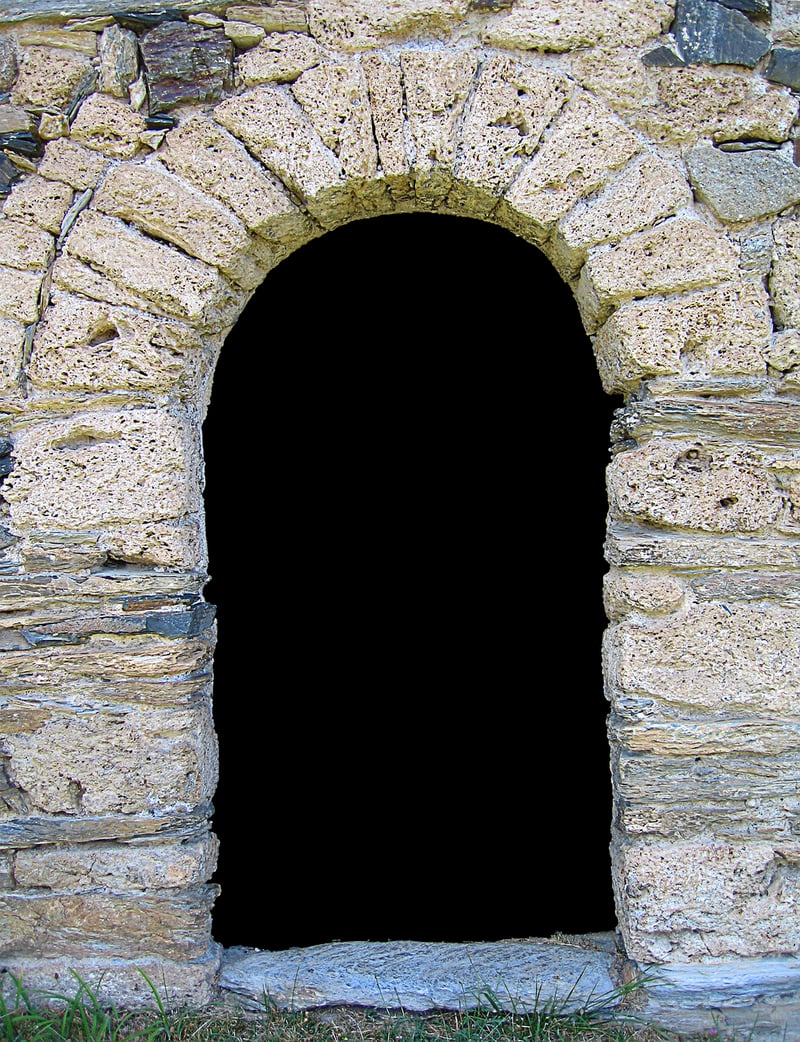Preserving Historical Integrity
Moral Considerations in Preserving Historical Integrity
In today's ever-changing world, the preservation of historical sites and artifacts poses a critical challenge that requires a delicate balance between various factors. One of the key elements in this delicate balance is the consideration of moral values and ethical principles that guide our actions. Preserving historical integrity goes beyond just physical conservation; it encompasses a deeper understanding of the significance of these sites and artifacts in shaping our collective identity and memory.
The Importance of Moral Considerations
When dealing with historical preservation, it is essential to recognize and respect the moral considerations associated with these sites. Many historical sites bear witness to significant events, both positive and negative, that have shaped our societies. These places serve as reminders of our past triumphs and tragedies, teaching us valuable lessons that must not be forgotten.
By upholding moral considerations in the preservation process, we can ensure that these sites are treated with the respect and dignity they deserve. This includes acknowledging the suffering of those who came before us, honoring their memory, and learning from their experiences to build a better future.
Challenges and Dilemmas
Despite the noble intentions behind historical preservation, there are often challenges and dilemmas that arise when trying to balance moral considerations with practical needs. For example, the commercialization of historical sites for tourism purposes can sometimes conflict with the ethical duty to preserve their integrity.
Additionally, the repatriation of cultural artifacts to their countries of origin raises questions about ownership, restitution, and the rights of indigenous communities. These complex issues require careful deliberation and a nuanced understanding of the moral implications involved.
Striking a Balance
Preserving historical integrity while upholding moral considerations requires a thoughtful approach that considers the perspectives of all stakeholders involved. This may involve engaging with local communities, consulting with experts in ethics and heritage preservation, and developing sustainable conservation strategies that prioritize both the physical and moral aspects of historical sites.
Ultimately, by integrating moral considerations into the preservation of historical integrity, we not only safeguard our cultural heritage for future generations but also demonstrate our commitment to honoring the values and principles that define who we are as a society.
Conclusion
As custodians of our shared history, it is our responsibility to preserve historical sites and artifacts with the utmost respect for moral considerations. By recognizing the ethical dimensions of historical preservation and actively addressing them, we can ensure that these invaluable treasures continue to inspire, educate, and unite us for years to come.

